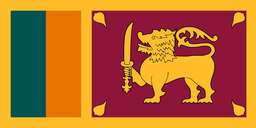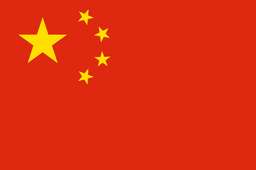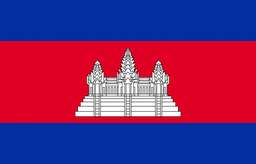With around 1.4 billion citizens and formally East Asian, China—the People's Republic of China (PRC)—has the highest population of any country.
Early Civilizations

Recorded two five thousand years ago was the Xia Dynasty, the first Chinese civilization. The Zhou Dynasty is regarded as having been the most powerful dynasty between the years 1046 BC, when the Shang Dynasty collapsed, and 256 BC, when the Qin Dynasty likewise collapsed. Most famously, the Great Wall and China's unification most certainly reflect the most successful outcome of the Qin Dynasty.
Imperial Dynasties
Following the Qin dynasty, rulers carried their authority under the Han, Tang, Song, and Ming dynasties. Most importantly, these dynasties enhanced science, art, and literature, and possessed quite strong governments. Still, these were turbulent times with foreign invasions as well.
Zhou Dynasty (1046–256 BC)
The Zhou Dynasty lasted for essentially the 8th century. The Eastern Zhou and Western Zhou are two periods. Chinese royal history comprises two lines: Particularly important for the development of important concepts like the Confucian system and Daoism, which profoundly influenced all of Chinese history and administration. At this moment, the idea of the "Mandate of Heaven" changed: leaders were given heavenly authority, but they would also lose the mandate should governments engage in criminal activity and incompetence above a set degree. Political decentralisation and strife emerged late in the Zhou period, producing what was known as the Warring States era, which brought China under the Qin Dynasty.
Neolithic Period

In China, the Neolithic period (10,000 BC) marks a significant change (or turning point) in the style of human life and civilisation. Populations started to migrate from wandering, hunting, and gathering populations to agricultural and sedentary ones during this period. Developed farming methods allowed the spread of populations along the rich river basins of the Yellow River (Hwang Ho) and the Yangtze (Chang), either in the north with millet cultivation or in the south with rice. This was a time of improved pottery with rich ornamentation, greater workmanship, and conviction in social structure and trade.
Bronze Age
Beginning in China in 3000 BC, the Bronze Age peaked at 600 BC when the Chinese Iron Age began to take hold. For tools, weapons, and ceremonial objects as well, bronze was also a major component used in this era. Its application also promised significant technological development and recommended advanced metallurgical techniques. During the Bronze Age, many provincial civilisations emerged; most famously, the Erlitou culture and the Shang dynasty profoundly affected the development of Chinese civilisation.
The Rise of Imperial China
Under its Emperor Qin Shi Huang, China came together under one dynasty in 221 BC. From then on, China underwent imperial control under emperors who possessed complete authority over their vast domain. Following a period of civil conflict, the Han dynasty controlled for more than 400 years, therefore establishing a strong unified authority. Due to foreign trade over its Silk Road networks and technologies, such as the creation of paper and gunpowder, China also saw a considerable degree of economic riches during this time.
Antiquity
Beginning with the first Xia Dynasty and ending with the last Han Dynasty (220 AD to 220 BC), China's ancient period clearly improved government, society, and technology. Originally embraced during the Zhou Dynasty, feudalism honoured the sovereign by allocating the land among nobility. Two great philosophies, Confucianism and Taoism, also evolved during this period and would have shaped Chinese civilisation for many years to come.
The First Empires
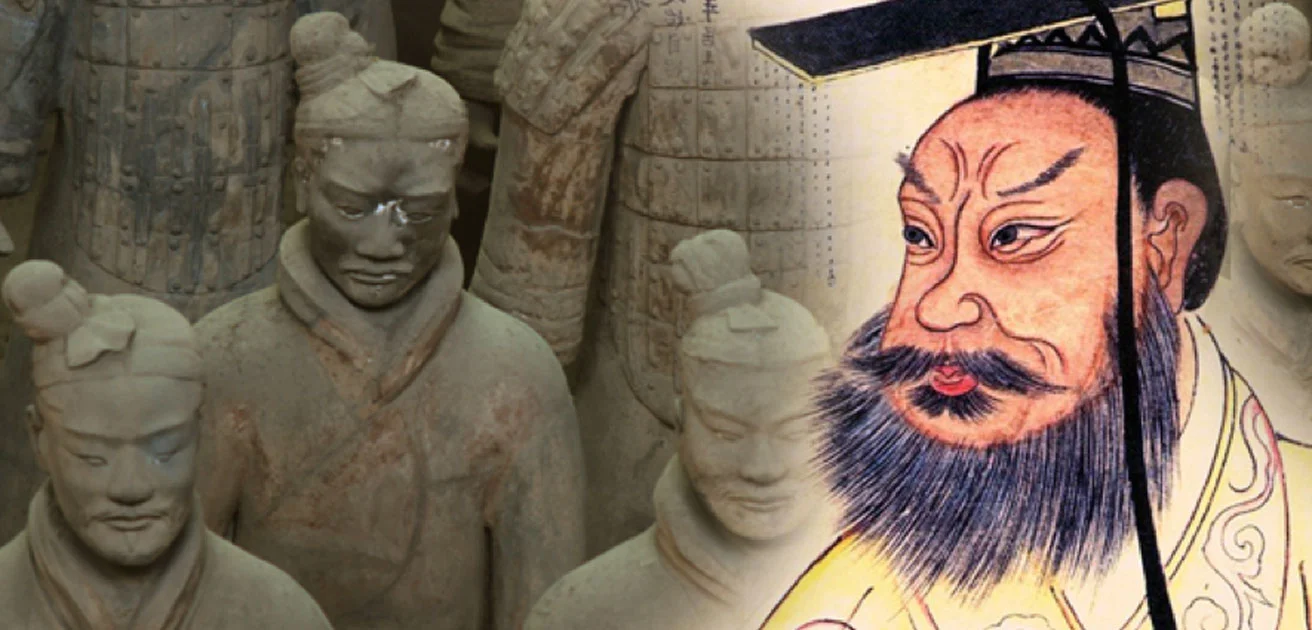
Emperor Qin Shi Huang seized control of several parts of China in 221 BC to unite one kingdom; he founded the Qin Dynasty. He designed both a consistent system of measurement and writing, as well as the Great Wall of China. Still, the Qin kingdom was only temporary, thrown over by a peasant revolt in 206 BC. The Han Dynasty thus began around 400 years ago and marked a golden moment in Chinese history.
Dynasties Rise and Fall
Under the Tang, Song, Yuan, Ming, and Qing dynasties, China passed many phases of partition and reunion from the end of the Han Dynasty. Art, literature, science, technology, and trade all advanced via these dynasties. These dynasties started to fall apart, finally due to internal strife, corruption, and foreign invasions. Under Sun Yat-sen, the Qing empire was toppled in 1911, therefore demolishing the last imperial monarchy.
Six Dynasties
On the one hand, political disintegration defined the six dynasties (220–589 CE) period in Chinese history. Still, it was also defined by an amazing flowering of ideas, art, and civilisation. Known together as the Three Kingdoms, three rival kingdoms—Wei, Shu, and Wu—separated from one another once the Han Dynasty fell. Later on, there followed the Northern and Southern Dynasties as well as the Jin Dynasty. Though conflict and strife have long been a part of Chinese society, fields including Buddhism, painting, and poetry have advanced constantly. Buddhism especially gained prominence during this time, influencing art, philosophy, and social life. Following the reunification of the empire, the Sui and Tang dynasties set their work based on the Six Dynasties.
Middle-imperial China
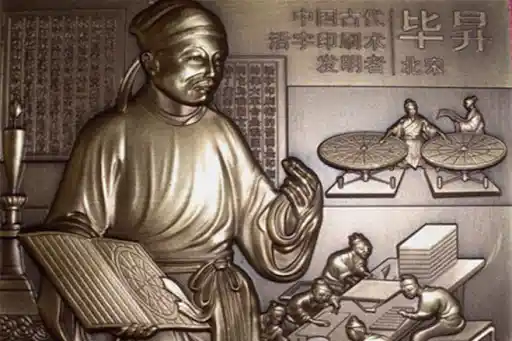
China's ongoing development and wealth persisted from the Tang Dynasty through the end of the Qing Dynasty in 1911. At this time, art, literature, trade, and technology made tremendous development as well. Bi Sheng developed movable type printing in the eleventh century, therefore transforming bookmaking and enabling extensive information exchange.
Late Imperial China
Emperors presided over China's final imperial dynasty, sometimes known as the Qing Dynasty (1644–1911). The Qing government developed policies with an eye toward trade, communications, and agriculture as well as the British, French, and Russian nations; however, they began invading and occasionally clashing with Chinese territory while negotiating unfair treaties. All these activities produced the fall of the dynasty and the beginning of nationalist movements.
Yuan Dynasty (1271 to 1368)
It brought about profound changes in society and government; in the latter, a new global language and a new social order were developed. Originally established by Kublai Khan, the Yuan monarchy was the first foreign monarchy to occupy all of China. Besides, China had a huge trading network; under the Yuan Dynasty, they linked China with Europe and Central Asia.
Qing Empire (1644–1912)
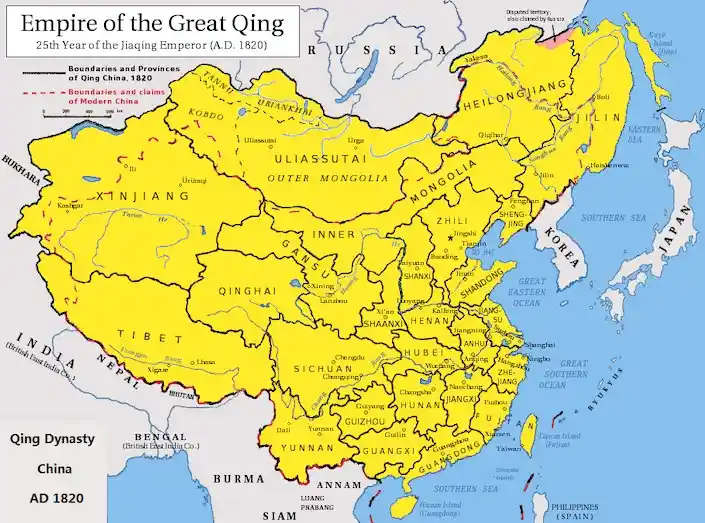
From 1644 to 1911, when it fell, China's last imperial dynasty presided over. Manchu, the Qing Dynasty's rulers, carried on the policies of their predecessors and also extended China's territory as far as it is today. But outside dangers and domestic corruption brought down the monarchy and set off the Opium Wars and the Boxer Rebellion. Leading the 1911 nationalist struggle to topple the Qing Dynasty, Sun Yat-sen established the Republic of China. For present-day China, the Qing dynasty was important even after its collapse. The legacy of this dynasty was China's governing system, culture, and customs.
The Republic of China
China started to establish a stable governance following the fall of the Qing Dynasty. The dispute began, nevertheless, when Chiang Kai-shek replaced Sun Yat-sen temporarily as president. Internal strife and invasions from Japan hampered the nation's development throughout the time. A communist revolution established the People's Republic of China in its place under Mao Zedong's supervision in 1949.
Modernisation and Revolutions
China had a revolution after foreign invasions, civil warfare, and economic difficulties. Under Mao Zedong, who took over the country, the Chinese Communist Party established the communist government of the nation in 1949. Widespread social and economic reforms accompanied this land-collecting process, and five-year plans were carried out.
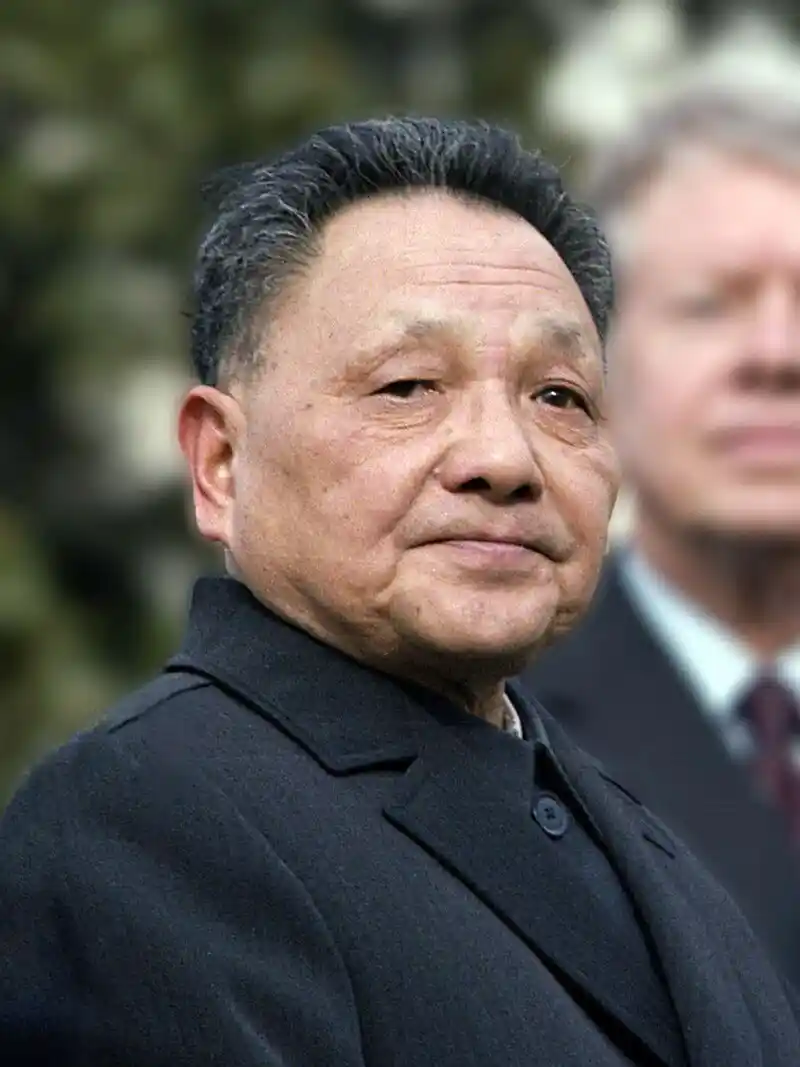
Under the direction of Deng Xiaoping, China carried out a second, somewhat large-scale economic reform in 1978. The changes drove the nation to open its borders to trade and outside investment, therefore modernising it and causing economic growth. Currently in charge of world affairs, China boasts, among other nations, one of the biggest economies.
The Rise of Imperial China
Though it would be in the last autumn of 1911, what remained of imperial China would leave an enduring legacy that torments modern China. Powerful ideas like Confucianism and Taoism blossomed in the stable type of government that was the dynastic system. Vibrant art, literature, science, and technology defined imperial authority; much of the legacy of Chinese civilisation sprang from this period. Ultimately, the evolution of imperial China has shaped and still influences contemporary society in both growth and collapse. From the Six Dynasties period until modern times, China's rich and varied past shows a nation that can evolve with the times, as today's People's Republic of China shows. Rooted in its lengthy imperial background, China is still an international powerhouse despite challenges down the road. Let's keep growing toward a better, inclusive future by learning from the past.
The Modern Era
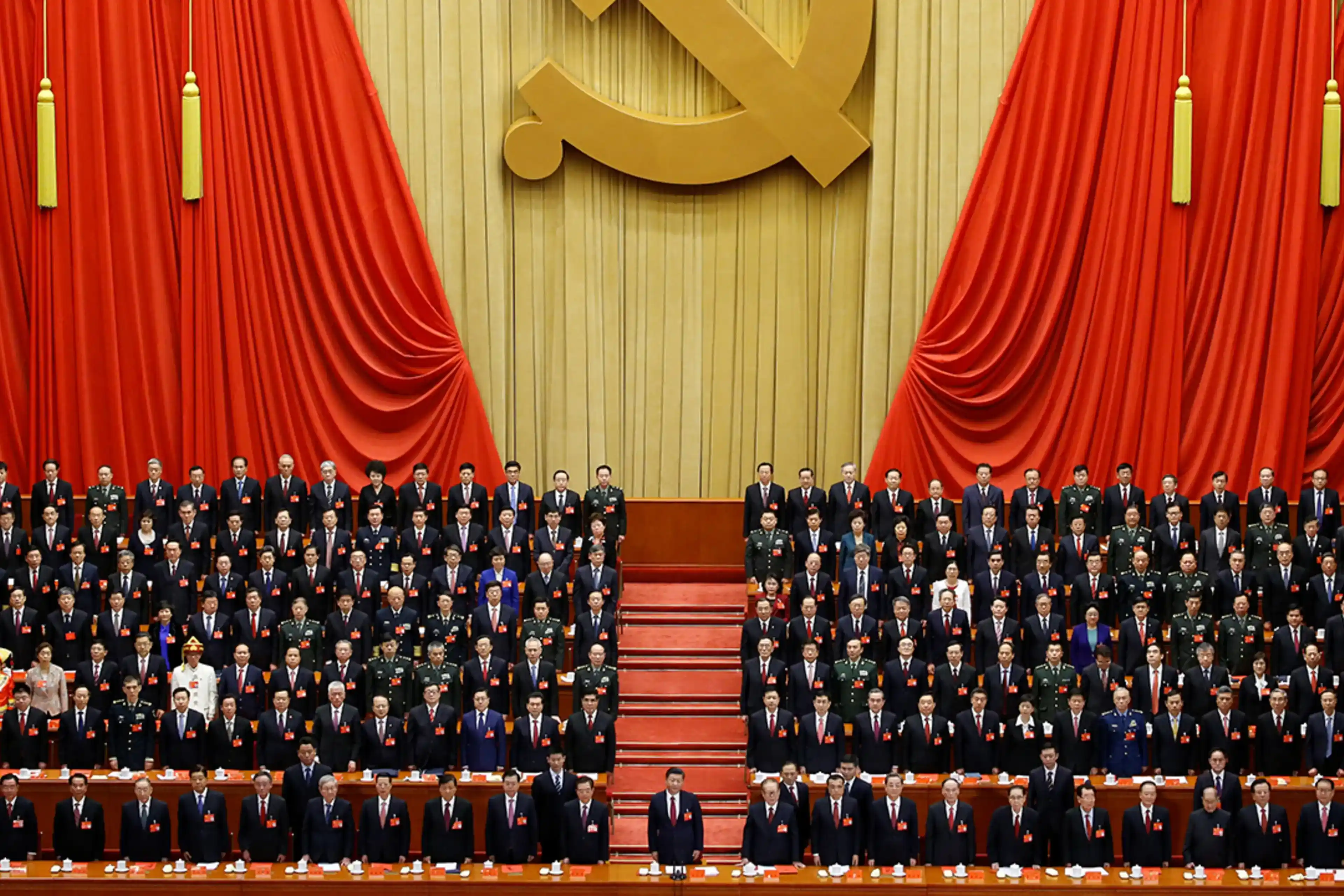
After the revolution, China adopted a republic and set off a sequence of political turbulence. Thanks in great part to Mao Zedong and the Chinese Communist Party (CCP), 1949 saw China become mostly communist. Still, Mao's greatest projects—the Great Leap Forward and the Cultural Revolution—brought about amazing transformations in the economy and society.
Present China
Chinese leader Deng Xiaoping started extensive economic changes, allowing international commerce and investment in the late 1970s. China is thus among the newest economies in the world and has developed rather modernistic allies and an economy that is forward-looking. Among other things, China keeps struggling with social inequalities, environmental difficulties, and human rights. The current government is managing these problems since it is dedicated to keeping social stability, protecting economic development, and conquering challenges. Now, China is a global powerhouse, but its past is really complex and suggests a far brighter future. Still a fascinating nation for people all around, its culture is rich, its customs are ancient, and its advances are fresh. China's history has, indeed, not just been past but also constantly merging into the present and the future. China longs to move forward and has no reason to believe it will not be dynamically visible on the world scene for years to come.




